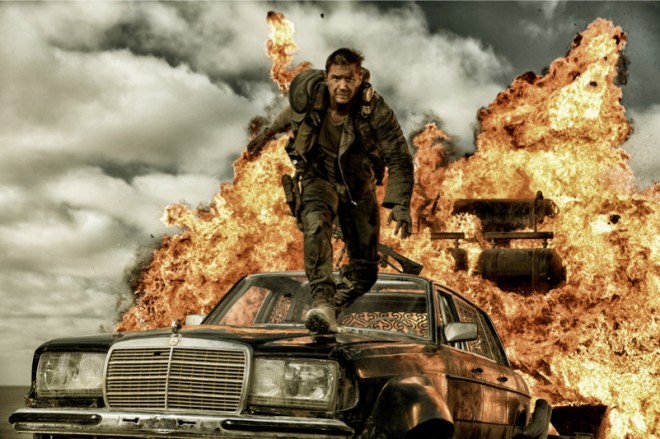
George Miller has seen the world burn. As the mastermind behind the 1979 film “Mad Max,” the 70-year-old Australian director introduced viewers to a post-apocalyptic world where wild men with deadly weapons and vicious vehicles battled to survive.
That film led to two other extremely violent sequels—1981’s “Mad Max 2: The Road Warrior” and 1985’s “Mad Max Beyond Thunderdome”—and made an unknown Australian actor named Mel Gibson an international star with his gritty performance as the former cop Max “Mad Max” Rockatansky.
Now the character is back on the road to vengeance with “Mad Max: Fury Road.”
But Miller isn’t just about vehicular mayhem. In an exclusive phone interview with Inquirer Super, Miller talked about the other films he directed which have done well—the adorably uplifting “Babe,” “Babe: Pig in the City,” “Happy Feet” and “Happy Feet Two.” Yes, the man who imagined Mad Max also made movies starring a talking pig and dancing penguins.
Miller has come a long way from his past as an emergency room doctor in Australia when he first worked on “Mad Max.” To this day, he remains surprised by how well it did.
Gibson proved to be a great find. “He had a male charisma that is almost an animal charisma. He’s very accessible and you want him to be your best friend, and yet he’s still mysterious. That’s beguiling,” says Miller.
When it first came out, “Mad Max” shocked audiences with its bloody, bladed portrayal of a future gone wrong: “It’s a very compelling world—people describe it was a ‘Western on wheels’—they’re allegories or morality tales. We live in a complex world, and we use stories to get coherence from that complexity.”
Yet post-apocalyptic and dystopian movies remain as popular as ever—if not even more popular. Miller says it’s because we find ourselves in a more primal place. “It’s a morally ambiguous world with simple rules of survival.”
New dilemma
Thirty years later, Miller returns to the ruined world of Mad Max with “Fury Road.” The story for the new film just came to him. “I wanted to tell a story that was a nonstop chase where you also meet the characters and see their back stories,” he explains.
“Fury Road” was shot in Namibia, and the epic, explosive vehicular sequences tested Miller’s directorial mettle. “Every day in the heat and the dust, we were doing stunts which were like military exercises. You’re always talking about safety, and we shot it for real,” he says, noting that they did the action scenes without CGI unless absolutely necessary.
“Fury Road” features Mad Max in a new dramatic dilemma that will put him back behind the wheel. The massive production also features a distinctively buzz-cut Charlize Theron as the imposing Imperator named Furiosa and Nicholas Hoult as the crazy Nux, plus a cast of scary-looking people.
Just as “Fury Road” introduces Mad Max to a new generation of viewers, Miller also unveils a new Mad Max. British actor Tom Hardy (Bane from “The Dark Knight Rises”) is “Fury Road’s” own Road Warrior.
Miller says Hardy brings his own vibe to the role but also recalls Gibson’s presence: “There’s a darker side to him. He’s endlessly fascinating. You can never predict what he’s going to do… He is also a very physical actor as he did his own stunts. He’s very brave.”
The stakes are much higher in “Fury Road” as human survival itself is at stake, with Max fighting nobly to do the right thing through the most violent, desperate measures as cars go boom in the desert. Miller says that if the apocalypse came, he, like Mad Max, knows his priorities: “The first thing I would think about is family, how to protect them and feed them. Safety and water first.”
All this is important because Miller is now on a path he didn’t think possible. “My hope is that viewers who know nothing about the series will get immersed and come out thinking they’ve been on a roller-coaster ride,” Miller says.
Warner Bros.’ “Mad Max: Fury Road” is now showing in cinemas.